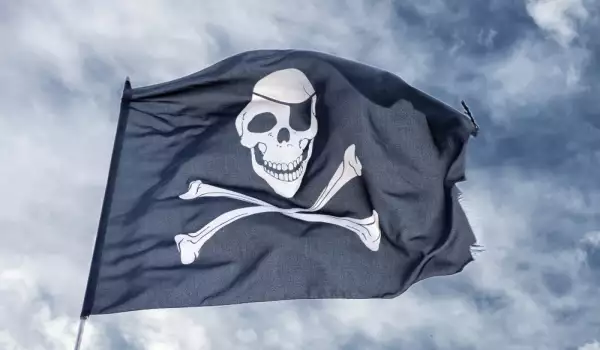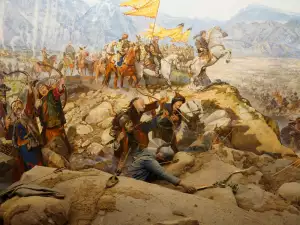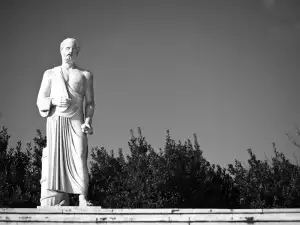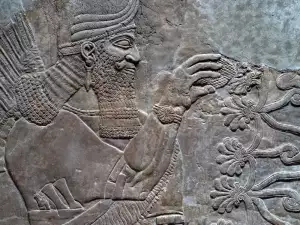The black flag with a human skull and crossbones portrayed on it is one of the most recognizable pirate symbols. But only a handful know that in its original version the pirate flag was actually not black but red.
The color of the flag was not chosen accidentally - the color red symbolized blood and when a ship raised its scarlet flag it meant to warn enemies that its crew was ready to fight to the last drop of blood.
The red flag also gave the pirate flag its name. French corsairs called it the Jolie Rougе, which can be translated as pretty red.
Later on English pirates substituted the French name of the flag with the similar sounding Jolly Roger.
But history remains silent as to when exactly the scarlet color of the terrifying flag was replaced with black. Different historical sources claim that this most likely happened around 1700 in the Caribbean.

Designers of the new pirate flag are considered to be the famed sea cutthroats Emanuel Wynn, Edward Teach, Charles Vane, Richard Worley and Howell Davis.
In fact the name Jolly Roger is not associated solely with the French term for the flag. According to legend, the skull depicted on the flag belonged to a pirate captain who was caught and hung by authorities, and his body was left to rot on the noose as an example to others.
For months the corpse hung suspended, while the mouth of the dead man became twisted into a grotesque grimace, remarkably reminiscent of a smile.
Historical review of the surviving pirate flags from that period reveal a curious detail about pirates - they did not use a universal flag, instead each of them used one with their own unique design.
Edward England and John Taylor used the classic black and crossed humerus bones, while Henry Every used a skull in profile.
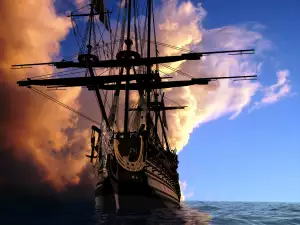
Other pirates, such as Calico Jack and Thomas Tew, got rid of the bones and used crossed swords instead. An example of a more modern design is the flag by Edward Teach, which depicted a skeleton with a spear in one hand and hourglass in the other, standing next to a bleeding heart on a black background.
As you might imagine pirates did not wave the pirate flag all the time. They would ritually hoist it up immediately before going into battle, when their prey was within cannon range.
To cargo and passenger ship captains, the Jolly Roger meant only 2 things - that they could either surrender and hope for mercy or fight to the death with the bloodthirsty corsairs.
As such, the pirate flag sowed terror among cargo ship crews at the time. History tells the tale of how the pirate Bartholomew Roberts entered the harbor of Trepassey on the island of Newfoundland with his ship in 1720.
Once he raised the Jolly Roger high, the crews of 22 of the docked ships there were so terrified that they all jumped overboard.
